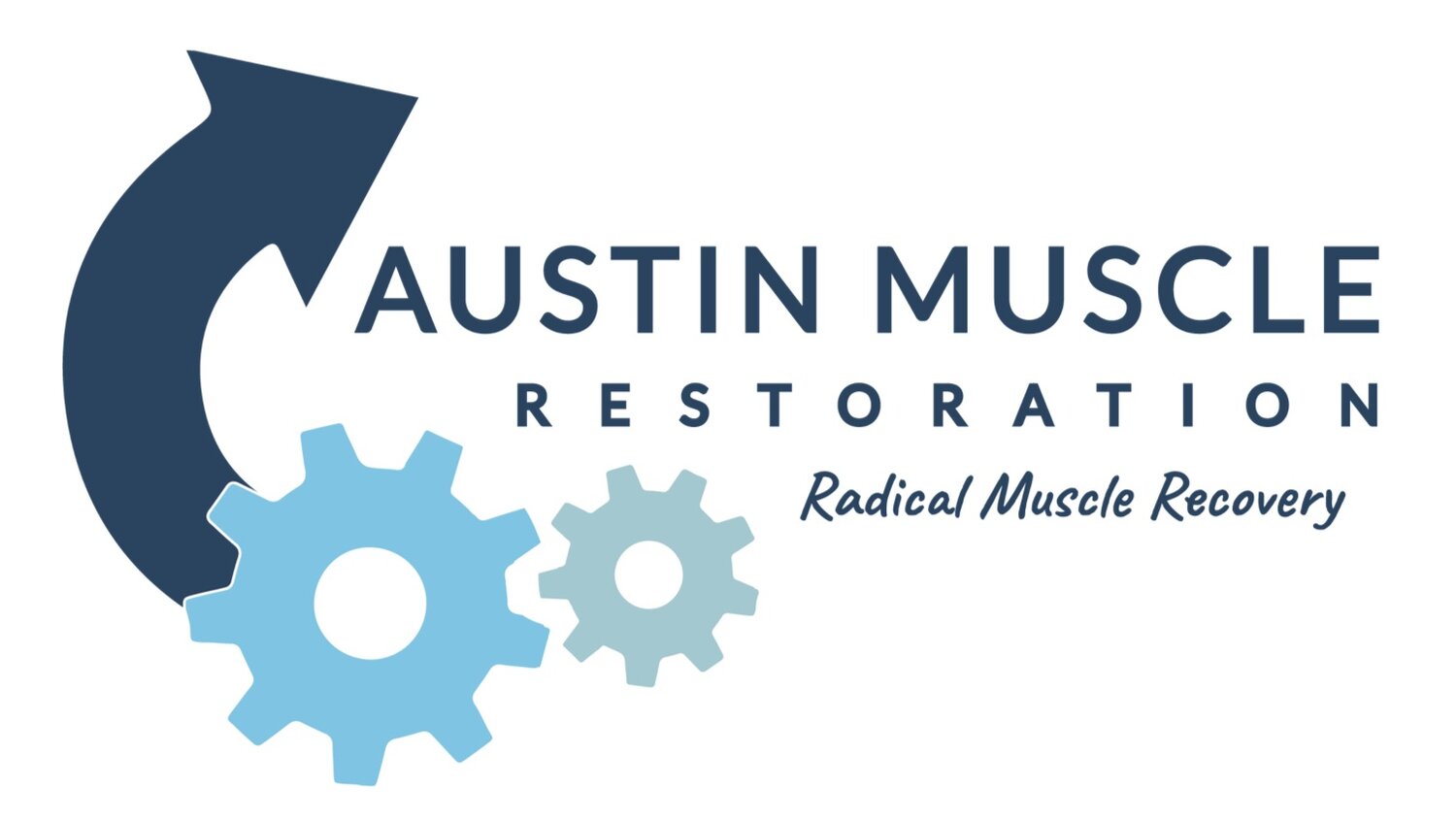Exercise post stroke
Every year in the US almost 800,000 people experience a stroke, more women than men, and is a leading cause of long term disability.
A stroke involves an interruption or reduction of blood flow to a part of the brain which can cause paralysis, loss of motor control, sensory disturbances, emotional disturbances, and disruptions to language, thinking, and memory. Even the most basic activities of daily living can be significantly affected by a stroke.
There are many aspects to be considered for stroke rehabilitation, depending on the type and severity of the stroke. The critical rehab activity that we see most often neglected is exercise. The most common scenario we see is a client who has exhausted their PT/OT benefits through insurance and has been informed that they have also maxed out their progress. They are not often referred to a Stroke Exercise specialist to continue rehab. This is a shame because in our experience, clients post stroke can make small, steady improvement in functioning via the exercise process indefinitely.
A stroke can alter neural pathways for motor function ranging from small to catastrophic impact. Along with neurological disruption, a stroke can result in significant muscle atrophy. The good news is that the brain can often find ways to compensate or create new pathways, called neuroplasticity. If there is even a hint of contractile ability in a muscle, there is the potential for improvement in movement and strength via the right stimulation through specific, speciality exercise.
The key to promoting neuroplasticity and strengthening of severely weakened muscles is determining out where to begin and how to create the appropriate exercise based stimulation. It’s usually best to start with what the person can currently do and build a program from there.
Strokes vary in severity and quantity of dysfunction on the affected side. Assessing the quality of various joint actions, as well as how the brain compensates to achieve motion can help to determine where, how, and in what order to start with exercise. Conventional exercise equipment often will not match up well with how affected joints are able to move. Therefore exercises need to be created from scratch to provide the appropriate challenge.
An exercise professional providing exercise post stroke requires an in depth understanding of muscle and joint function as well as exercise physics and biomechanics. They will also need a good imagination and the ability to creatively adjust to each client and challenge to provide out of the box solutions.l They should also need to be experienced in determining the right “dosage” and progression schedule of exercise for low thresholds.
Having a “toolbox” that leverages the brain’s input systems (visual, vestibular, and proprioceptive) as well as certain mechanical/neurological connections between different joint actions can significantly improve muscle output. This usually involves a lot of trial and error, hence the need for patience and persistence. Improvement in function at one joint can have positive effects on compound movements involving that joint. Tying exercises to activities of daily living (saliency) can also increase motivation.
Always remember: Goals matter and small changes should be celebrated!
The exercise process post-stroke should be seen as a long-term, lifelong commitment. Like exercise for anyone, preservation or growth of muscle mass is critical for health. Being a stroke survivor should in no way exclude anyone from a lifelong program of exercise, specifically resistance training. The process may be slow, but even small improvements in function make a big difference over time. At Austin Muscle Restoration, we have a passion for making exercise a reality for stroke survivors.
__________________
Stephen Dansevich is the Exercise Director and a Certified Stroke Recovery Fitness Specialist at Austin Muscle Restoration in Austin, Texas.
Contact us if you are interested in booking an evaluation with Stephen. Appointments@AustinMuscleRestoration.com or www.AustinMuscleRestoration.com
